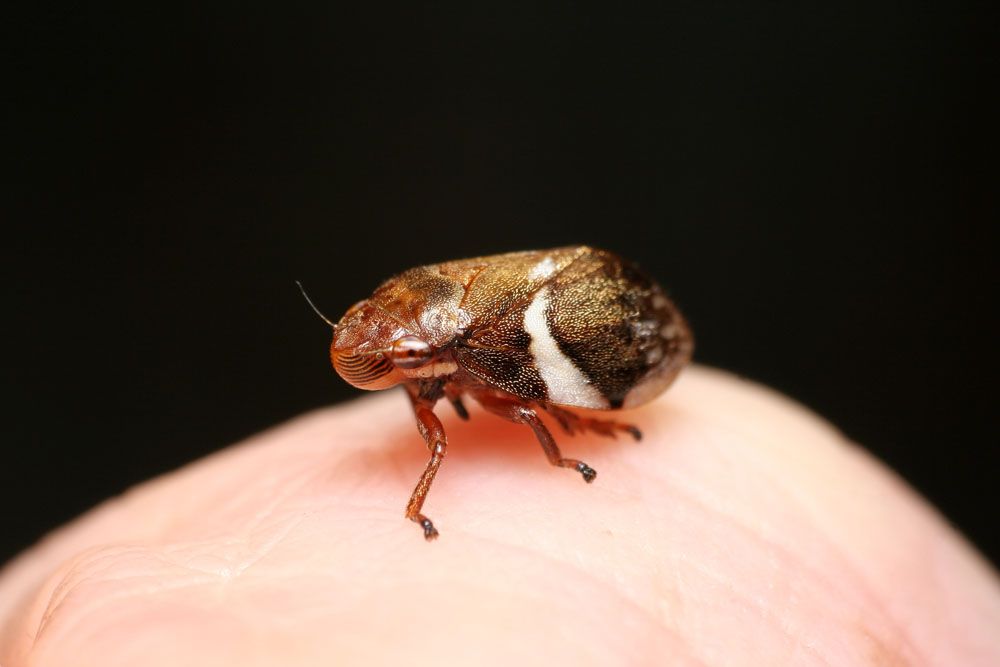
Alder Spittlebug – Clastopera obtuse
Alder Spittlebug: Appearance, Territory, Damage, and Life Cycle
Latin Name: Clastoptera Obtusa
Appearance: Garden pests that look worse than they actually include the aptly named “spittlebug.” Spittlebugs are excellent at hiding, yet it’s difficult to ignore their presence in a garden. Have you ever seen a plant that appears to have had spat on it? Small spittlebug nymphs are contained among the foamy clumps. The bug hides inside the bubbling-up plant sap.
Adults range in length from 6 to 12mm. Like a big froghopper, but with a high keel down the middle of the head and pronotum. The pattern of white patches on the wings aids in species identification. They are generally in a grayish shade with their eyeballs prominent. Nymphs are smaller and more greenish-yellow in color.
Hosts Plants: Clastoptera Obtusa consumes a variety of plants. While larvae like herbaceous plants, adults typically eat deciduous trees.
Territory: It is found in North America.
Damage Insect Cause: Spittlebug nymphs do consume plant sap, but because the harm is limited and the populations are often small, no insecticide is required. A spittlebug nymph should be easy to remove with a powerful hose blast. In a few weeks, they’ll already be gone. The nymphs can be eliminated by hand. If you want to spray, be careful to apply enough pressure so that the substance enters the cluster of spittle.
Life History and Habits: In June and early July, eggs are placed around the tips of twigs to overwinter. The eggs hatch the following spring, usually in mid-May. The nymphs’ piercing and sucking mouthparts are used to feed inside the xylem. They continuously expel fluid in the form of bubbles while feeding, totally encasing the body in the recognizable spittle mass. After the egg hatches, development is finished in approximately a month, and in the final two weeks of growth, nymphs create spittle mounds that draw attention. Adults are unremarkable in appearance and do not create spittle masses.
